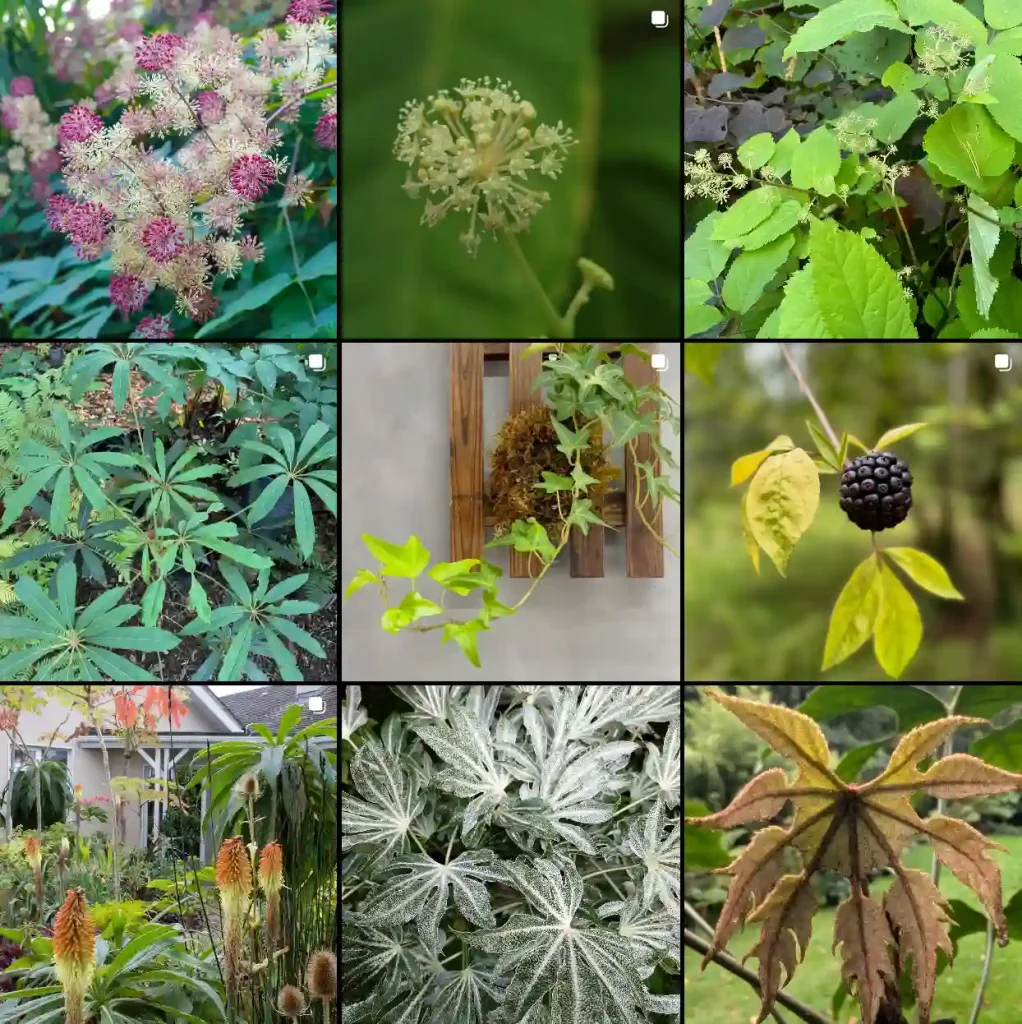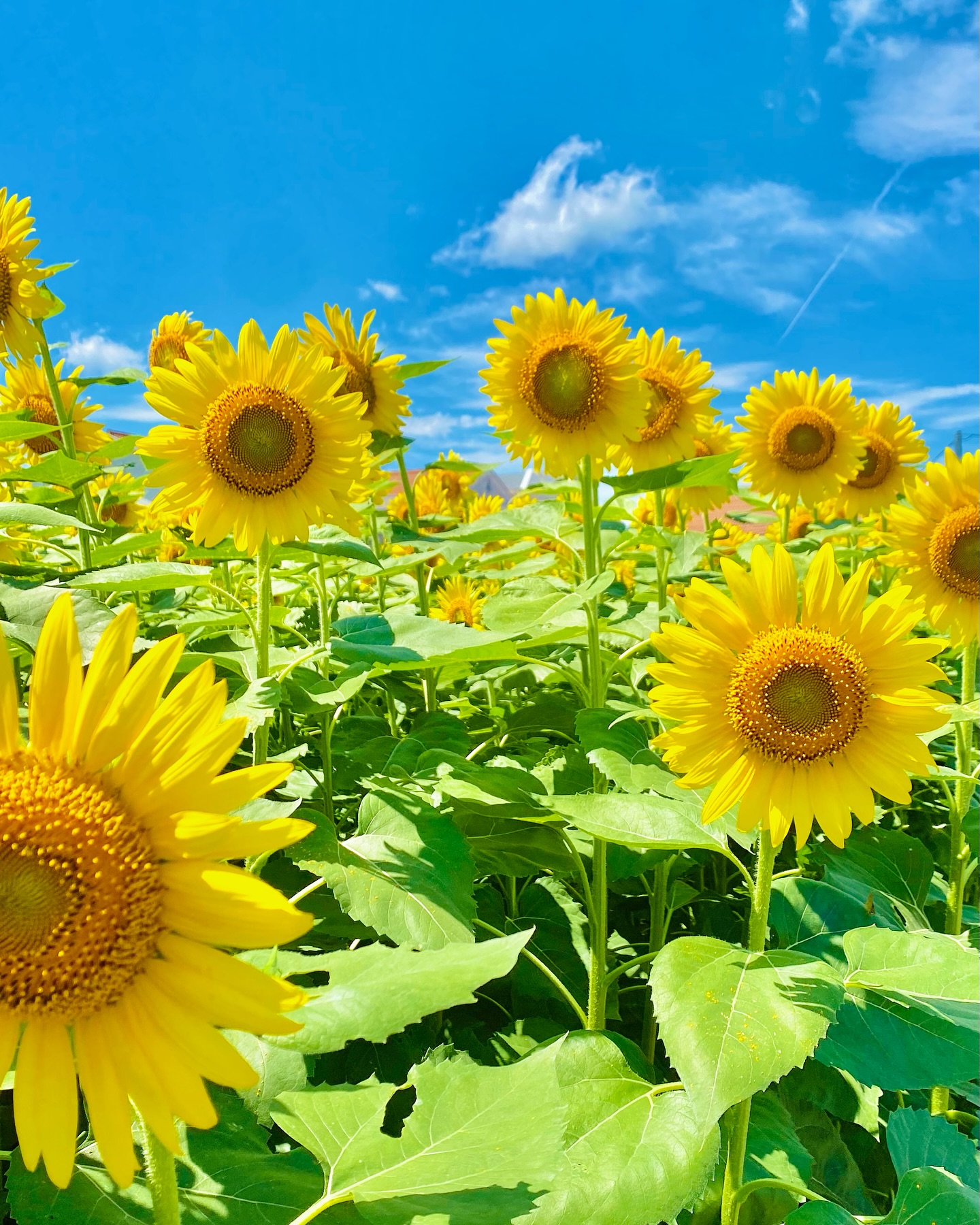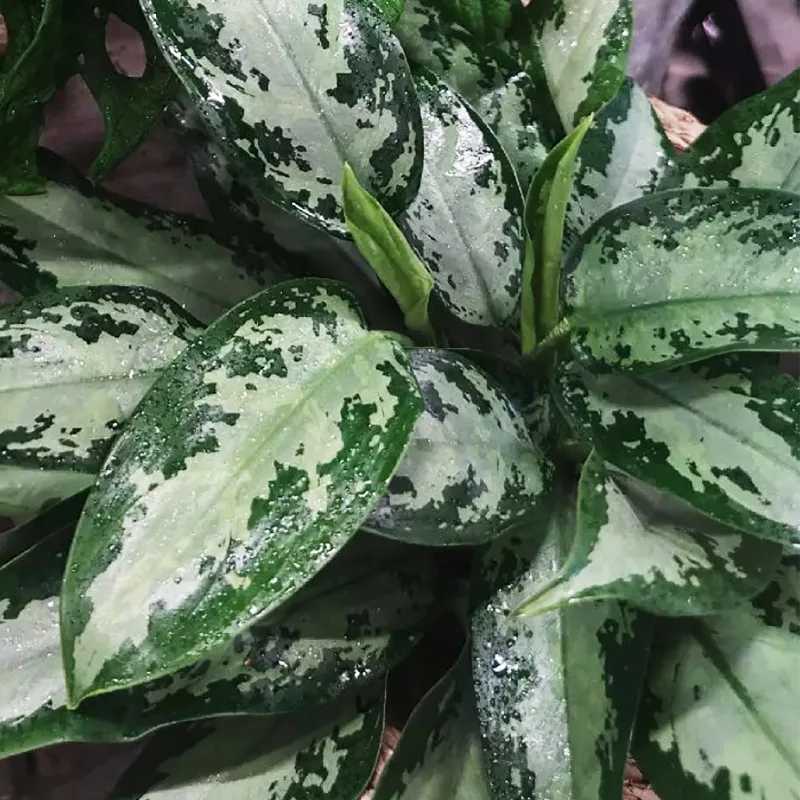FAQs About Amaranthus Polygonoides: Everything You Need to Know
As someone who has spent quite a bit of time with Amaranthus Polygonoides, often known as the “Love-Lies-Bleeding” plant, I’ve encountered a lot of questions about it. Whether you’re a seasoned gardener or just starting out, this plant can be a fantastic addition to your garden. Here’s a comprehensive guide based on my experiences to help answer some of the most frequently asked questions about this unique and eye-catching plant.
What is Amaranthus Polygonoides?
Amaranthus Polygonoides is a flowering plant known for its dramatic, cascading inflorescences. Often referred to as “Love-Lies-Bleeding,” it is celebrated for its striking red or burgundy flower clusters that hang down gracefully. This plant belongs to the Amaranthaceae family and is native to tropical regions. Its ornamental value lies in its vibrant colors and unusual flower form, making it a favorite for adding visual interest to garden beds and floral arrangements.
Plant Family: 184 Genera in Amaranthaceae
How to Care for Amaranthus Polygonoides?
Caring for Amaranthus Polygonoides is relatively straightforward, but a few key points can ensure it thrives:
- Sunlight: It thrives in full sun to partial shade. Aim for at least 6 hours of direct sunlight daily to promote vibrant flowering.
- Soil: It prefers well-draining soil rich in organic matter. Adding compost or well-rotted manure can enhance soil fertility.
- Watering: Regular watering is essential, especially during dry periods. However, avoid waterlogging, as this can lead to root rot. Allow the topsoil to dry out slightly between waterings.
- Temperature: Being a tropical plant, it enjoys warm temperatures. Protect it from frost and extreme cold.
- Fertilizing: Feed it with a balanced fertilizer every 4-6 weeks during the growing season to support its vigorous growth.
How to Propagate Amaranthus Polygonoides?
Propagation of Amaranthus Polygonoides is typically done through seeds. Here’s a step-by-step guide:
- Seed Preparation: Collect seeds from mature flower heads. Allow them to dry completely before storage.
- Sowing Seeds: Start seeds indoors about 6-8 weeks before the last frost. Sow seeds in seed-starting mix and lightly cover them with soil.
- Germination: Keep the soil consistently moist and place the seed trays in a warm, sunny location. Germination usually occurs within 7-14 days.
- Transplanting: Once seedlings are large enough to handle and all danger of frost has passed, transplant them into the garden or larger pots.
What to Plant with Amaranthus Polygonoides?
Amaranthus Polygonoides pairs beautifully with a variety of other plants. Its bold, cascading flowers make it a standout in mixed borders or container gardens. Here are some suggestions for companion plants:
- Salvia: The vibrant blooms of Salvia can complement the dramatic flowers of Amaranthus Polygonoides.
- Zinnias: Their bright colors and similar growing conditions make them great partners.
- Ornamental Grasses: The contrasting textures of grasses like Fountain Grass can enhance the visual appeal of the cascading Amaranthus.
- Coleus: For a colorful and lush look, Coleus can add foliage contrast to the bright flowers.
Is Amaranthus Polygonoides Toxic?
Amaranthus Polygonoides is not known to be toxic to humans or pets. However, like many plants, it’s always a good idea to keep it out of reach of small children and pets who might be tempted to nibble on it.
Benefits of Amaranthus Polygonoides
- Ornamental Value: Its unique, drooping flower clusters add dramatic flair to gardens and floral arrangements.
- Easy to Grow: It’s relatively low-maintenance and adaptable to various soil types and growing conditions.
- Edible Seeds: The seeds of Amaranthus are edible and packed with nutrients, though they’re not commonly used in culinary applications.
Common Problems
- Pest Issues: Amaranthus Polygonoides can occasionally attract aphids or spider mites. Regular inspection and appropriate insecticidal treatments can help manage these pests.
- Disease: Look out for fungal issues like powdery mildew, especially in humid conditions. Good air circulation and proper spacing can minimize the risk.
- Leggy Growth: If the plant becomes leggy, it may be due to insufficient light. Ensure it receives ample sunlight for compact, healthy growth.
Comparing Amaranthus Polygonoides to Similar Plants
Amaranthus Caudatus: Often confused with Amaranthus Polygonoides, Amaranthus Caudatus, also known as “Love-Lies-Bleeding,” has similar cascading flowers but tends to have a more weeping growth habit. The flower clusters are often a bit longer and more delicate.
Amaranthus Cruentus: Known as “Red Amaranth,” this variety has upright flower spikes and broader leaves. It’s also edible and often grown for its seeds and greens.
Amaranthus Retroflexus: Commonly called “Redroot Pigweed,” this variety is more of a weed in many areas and has a different flower structure compared to Amaranthus Polygonoides.
In summary, Amaranthus Polygonoides is a stunning plant that can add a lot of character to your garden. By understanding its care requirements, propagation methods, and companion planting options, you can make the most of this beautiful and versatile plant.
If i die, water my plants!



